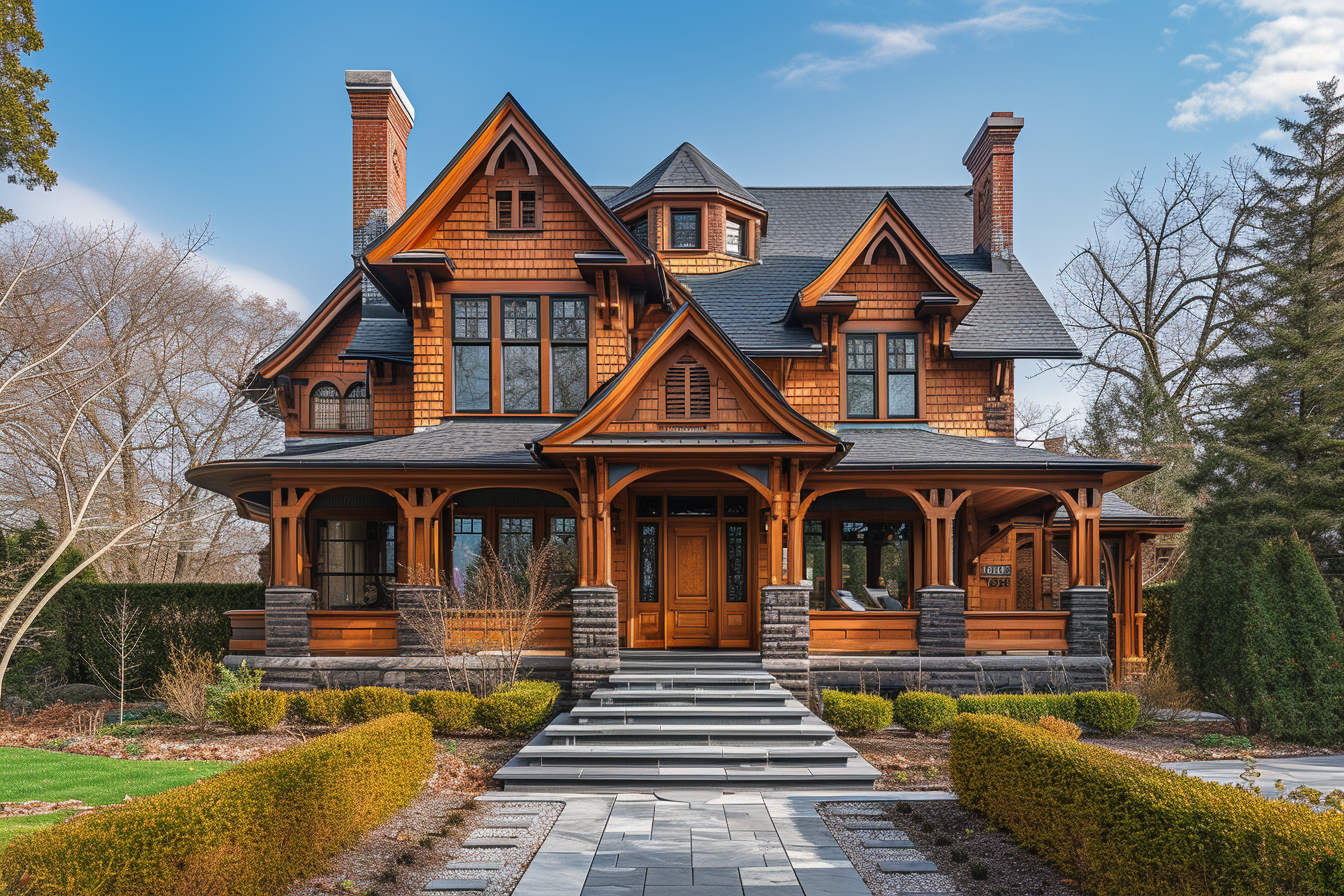
Renovating a historic home is an art form that requires a delicate balance between preservation, modern comfort, and stylistic integrity. The task lies in honoring the past while seamlessly integrating contemporary amenities. For homeowners passionate about restoring the grandeur of bygone eras, the following expert tips offer a comprehensive approach to the respectful revitalization of historic properties.
Understand the historical significance
The foundational step in renovating a historic home involves understanding its historical significance. Research plays a vital role – delve into the era of construction, the architectural style, previous occupants, and any relevant events it may have witnessed. Visits to local archives, discussions with historical societies, or even a chat with long-time neighbors can unveil a wealth of knowledge. Grasping the historical context will inform design decisions and ensure that renovations respect and reflect the home’s past.
Secure the proper permissions
Before embarking on renovations, homeowners must navigate the regulatory landscape. This typically includes obtaining permissions from local or state historic preservation offices. The guidelines and requirements vary widely, but the intent is to protect historical features and prevent alterations that could detract from the property’s heritage. Meeting local ordinance prerequisites will save time and resources, preventing legal headaches during or after your renovation project.
Prioritize structural integrity
Safety and structural integrity are paramount in any renovation, but even more so in historic homes. Sourcing experts in historical construction types and materials is advisable for assessments. An experienced contractor will identify and rectify issues like foundation weaknesses, wood rot, and outdated electrical or plumbing systems. Stabilizing the home’s structure must precede aesthetic overhauls. After all, what’s a magnificently styled home if it isn’t standing firm?
Honor the home’s architecture
Pay homage to historical character by preserving key architectural features. For example, original hardwood flooring, crown moldings, fireplaces, and window frames tell the story of the home’s background. When these elements require refurbishment, emphasize restoration over replacement. In cases where preservation is impossible, source period-appropriate replicas or design sympathetic contemporary replacements that echo the home’s heritage.
Blend modern amenities with historical charm
Balancing authenticity with comfort poses a challenge where modern amenities are concerned. Focus on integrating new technologies in ways that are reversible or minimally invasive. Hidden wiring for smart home features, unobtrusive solar panels, and climate control systems can enhance liveability without compromising historical aesthetics. Kitchens and bathrooms often necessitate the most significant updates; tactically place modern appliances and fixtures to maintain the historical ambiance.
Choose period-appropriate materials and colors
The fidelity of your renovation relies heavily on material and color choices. Investigate period-specific palettes and textures for a credible restoration. Specialty providers offer historically accurate wallpapers, paint colors, and finishing materials that can revive a home’s bygone look without succumbing to wear and tear. The goal is to reach a harmonious blend that appreciates both the property’s age and its functional future.
Foster synergy between old and new
Embrace the home’s narrative by encouraging dialogue between old and new. There’s beauty in juxtaposing original features with contemporary design elements when done thoughtfully. Select furnishings and art that speak to various eras, ensuring each room’s composition sensitively navigates through history. By avoiding a time-capsule approach, renovations become a reflection of evolution, showcasing the home as a living, breathing entity.
Emphasize energy efficiency
Being mindful of energy consumption is crucial, and historic homes can present unique challenges. Insulation, for instance, often requires special handling to prevent moisture issues. Exploring options like storm windows, which can preserve the look of original frames while improving energy efficiency, is a solution. Likewise, updated heating and cooling systems designed to work with older construction methods can significantly reduce the home’s carbon footprint.
Landscaping with respect to history
The grounds surrounding your historic home can enhance or detract from the overall impression. Period-appropriate landscaping reinforces the home’s character, while anachronistic or scale-inappropriate plantings can create a visual disconnect. Collaborating with a landscape architect familiar with historic properties ensures outdoor spaces complement rather than compete with the home’s aesthetic.
Document your renovation
Throughout the renovation process, keep detailed records of all work undertaken, including any discoveries about the home’s history or adjustments made to accommodate modern living. Not only will this serve as an invaluable reference for any future work, but it also acts as a fascinating historical document in itself, contributing to the ongoing story of the property.
Invest in skilled craftsmanship
When it comes to renovating historic homes, the adage "you get what you pay for" couldn’t be more accurate. Skilled craftspeople who specialize in traditional techniques are often the difference between a mediocre renovation and an outstanding one. They bring expertise that is essential in handling the nuances of old construction and an appreciation for the craftsmanship of the past. Although their services may come at a premium, the quality of their work is a worthwhile investment, ensuring the longevity and beauty of the renovated home.
Restoring a historic home is an endeavor that requires patience, dedication, and a deep respect for the narrative embedded within its walls. With careful planning, a reverence for history, and attention to detail, homeowners can create a space that honors its past while embracing the present. This delicate interplay between the ancient and the modern is what breathes new life into historic homes, allowing them to stand as testaments to the timelessness of exceptional design and preservation.









